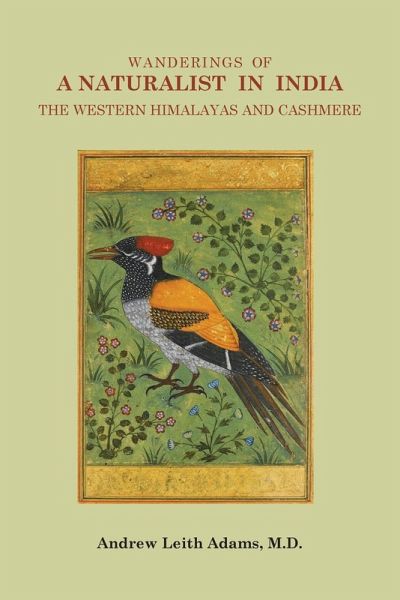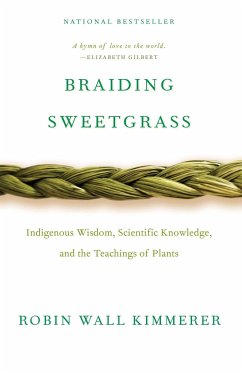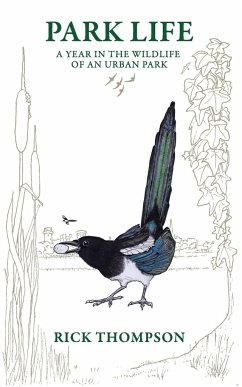
Wanderings of a Naturalist in India, the Western Himalayas and Cashmere
Versandkostenfrei!
Versandfertig in 1-2 Wochen
22,99 €
inkl. MwSt.

PAYBACK Punkte
11 °P sammeln!
India is home to one of the richest and most diverse populations of wildlife of any territory on earth, including lions, multiple species of tigers and leopards, many species of deer, the Indian elephant, the rhinoceros and a great multitude of reptiles and birds. At the beginning of the British Raj (1858) Indian wildlife populations were largely intact-some estimate that there were up to 100,000 tigers in the territory alone. The following 100 years, however, saw this rich heritage greatly depleted. A swelling native population combined with the British colonial passion for big game hunting w...
India is home to one of the richest and most diverse populations of wildlife of any territory on earth, including lions, multiple species of tigers and leopards, many species of deer, the Indian elephant, the rhinoceros and a great multitude of reptiles and birds. At the beginning of the British Raj (1858) Indian wildlife populations were largely intact-some estimate that there were up to 100,000 tigers in the territory alone. The following 100 years, however, saw this rich heritage greatly depleted. A swelling native population combined with the British colonial passion for big game hunting wreaked havoc on all Indian wildlife. By the mid 20th century the tiger population was reduced to less than 2,000 animals and a number of other important species had been driven to extinction. Indian and international efforts in the past several decades have attempted to arrest, if not reverse the damage and at present India hosts some 515 wildlife sanctuaries and 18 biosphere reserves. The present volume, aside from providing a fascinating historical travalogue, presents a sampling of what Indian wildlife consisted of in the mid 19th century, prior to the devastation that was to follow. As such it is a fascinating read for all with interest in the ecology and history of the Subcontinent.














